Filter by
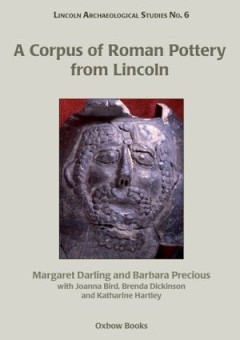
A Corpus of Roman Pottery from Lincoln (Volume 6)
This is the first major analysis of the Roman pottery from excavations in Lincoln (comprising more than 150,000 sherds). The pottery is presented in seven major ware groups. Fine wares include a modest range of imports and are dominated by Nene Valley products. Oxidised wares are mostly local products with a few imports as are the shell- and calcite-tempered wares and reduced wares. The final t…
- Edition
- -
- ISBN/ISSN
- 9781789256567
- Collation
- -
- Series Title
- -
- Call Number
- -
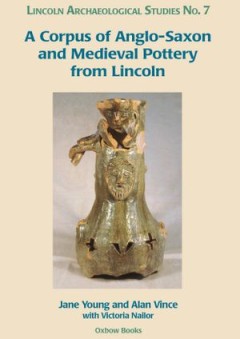
A Corpus of Anglo-Saxon and Medieval Pottery from Lincoln
This volume reports on the Anglo-Saxon and Medieval pottery found during various archaeological excavations in the city from 1970 until 1987. The authors present a city-wide pottery classification system and analyse the sequence of pottery types through time and at numerous sites. They make extensive use of petrological analysis, including the study of over 600 thin-sections. These have been us…
- Edition
- -
- ISBN/ISSN
- 9781842170830
- Collation
- -
- Series Title
- -
- Call Number
- -

The Hoarding Vikings
Cover -- Half Title -- Series -- Title -- Copyright -- Contents -- List of figures -- Preface and acknowledgments -- 1 Bornholm: a treasure island -- 2 The multi-causal hoards -- 3 Identifying Bornholm's hoards: content, character, and chronology -- 4 Classification of production, circulation, and distribution data -- 5 Silver flows: analysis of production data -- 6 Stab, bend, and cut: analysi…
- Edition
- -
- ISBN/ISSN
- 9781032647760
- Collation
- -
- Series Title
- -
- Call Number
- -
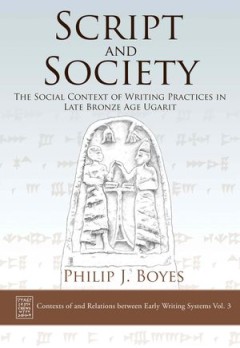
Script and Society the Social Context of Writing Practices in Late Bronze Age…
By the 13th century BC, the Syrian city of Ugarit hosted an extremely diverse range of writing practices. As well as two main scripts – alphabetic and logographic cuneiform - the site has also produced inscriptions in a wide range of scripts and languages, including Hurrian, Sumerian, Hittite, Egyptian hieroglyphs, Luwian hieroglyphs and Cypro-Minoan. This variety in script and language is ac…
- Edition
- -
- ISBN/ISSN
- 9781789255867
- Collation
- -
- Series Title
- -
- Call Number
- -

A Mid-Republican House From Gabii
Since 2009 the Gabii Project, an international archaeological initiative led by Nicola Terrenato and the University of Michigan, has been investigating the ancient Latin town of Gabii, which was both a neighbor of, and a rival to, Rome in the first millennium BCE. The trajectory of Gabii, from an Iron Age settlement to a flourishing mid-Republican town to an Imperial agglomeration widely though…
- Edition
- -
- ISBN/ISSN
- 9780472999002
- Collation
- -
- Series Title
- -
- Call Number
- 930.1 MID m
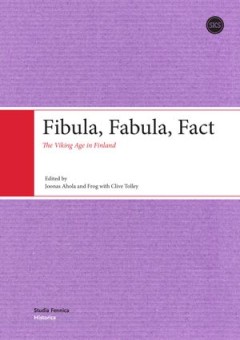
Fibula, Fabula, Fact
The chapters of Fibula, Fabula, Fact – The Viking Age in Finland are intended to provide essential foundations for approaching the important topic of the Viking Age in Finland. These chapters are oriented to provide introductions to the sources, methods and perspectives of diverse disciplines in a way that is accessible to specialists from other fields, specialists from outside Finland, and a…
- Edition
- Vol. 18.0
- ISBN/ISSN
- 9789522227645
- Collation
- -
- Series Title
- -
- Call Number
- 418 FIB f
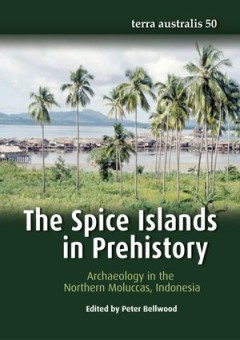
The Spice Islands in Prehistory: Archaeology in the Northern Moluccas, Indonesia
This monograph reports the results of archaeological investigations undertaken in the Northern Moluccas Islands (the Indonesian Province of Maluku Utara) by Indonesian, New Zealand and Australian archaeologists between 1989 and 1996. Excavations were undertaken in caves and open sites on four islands (Halmahera, Morotai, Kayoa and Gebe). The cultural sequence spans the past 35,000 years, commen…
- Edition
- -
- ISBN/ISSN
- 9781760462901
- Collation
- -
- Series Title
- -
- Call Number
- 930.1 SPI s
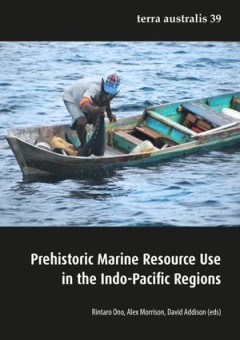
Prehistoric Marine Resource Use in the Indo-Pacific Regions
Although historic sources provide information on recent centuries, archaeology can contribute longer term understandings of pre-industrial marine exploitation in the Indo-Pacific region, providing valuable baseline data for evaluating contemporary ecological trends. This volume contains eleven papers which constitute a diverse but coherent collection on past and present marine resource use in t…
- Edition
- -
- ISBN/ISSN
- 9781925021264
- Collation
- -
- Series Title
- -
- Call Number
- 930.1 PRE p
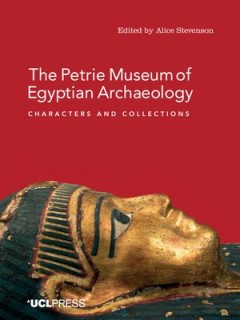
The Petrie Museum of Egyptian Archaeology: Characters and Collections
The Petrie Museum of Egyptian Archaeology first opened its doors in 1915, and since then has attracted visitors from all over the world as well as providing valuable teaching resources. Named after its founder, the pioneering archaeologist Flinders Petrie, the Museum holds more than 80,000 objects and is one of the largest and finest collections of Egyptian and Sudanese archaeology in the worl…
- Edition
- -
- ISBN/ISSN
- 9781910634042
- Collation
- -
- Series Title
- -
- Call Number
- 930 STE p
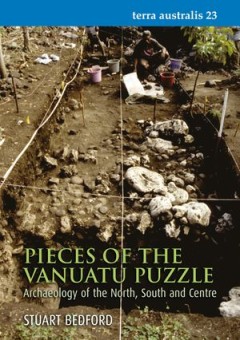
Pieces of the Vanuatu Puzzle: Archaeology of the North, South and Centre
Pieces of the Vanuatu Puzzle presents the results of the most intensive and widespread archaeological investigations in Vanuatu for more than 30 years. For the first time the results of extensive excavations carried out on three islands in the archipelago are published. The sites span from the period of initial Lapita settlement through to later cultural transformations. The research has brough…
- Edition
- -
- ISBN/ISSN
- 9781921313035
- Collation
- -
- Series Title
- -
- Call Number
- 930.1 BED p
 Computer Science, Information & General Works
Computer Science, Information & General Works  Philosophy & Psychology
Philosophy & Psychology  Religion
Religion  Social Sciences
Social Sciences  Language
Language  Pure Science
Pure Science  Applied Sciences
Applied Sciences  Art & Recreation
Art & Recreation  Literature
Literature  History & Geography
History & Geography